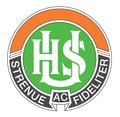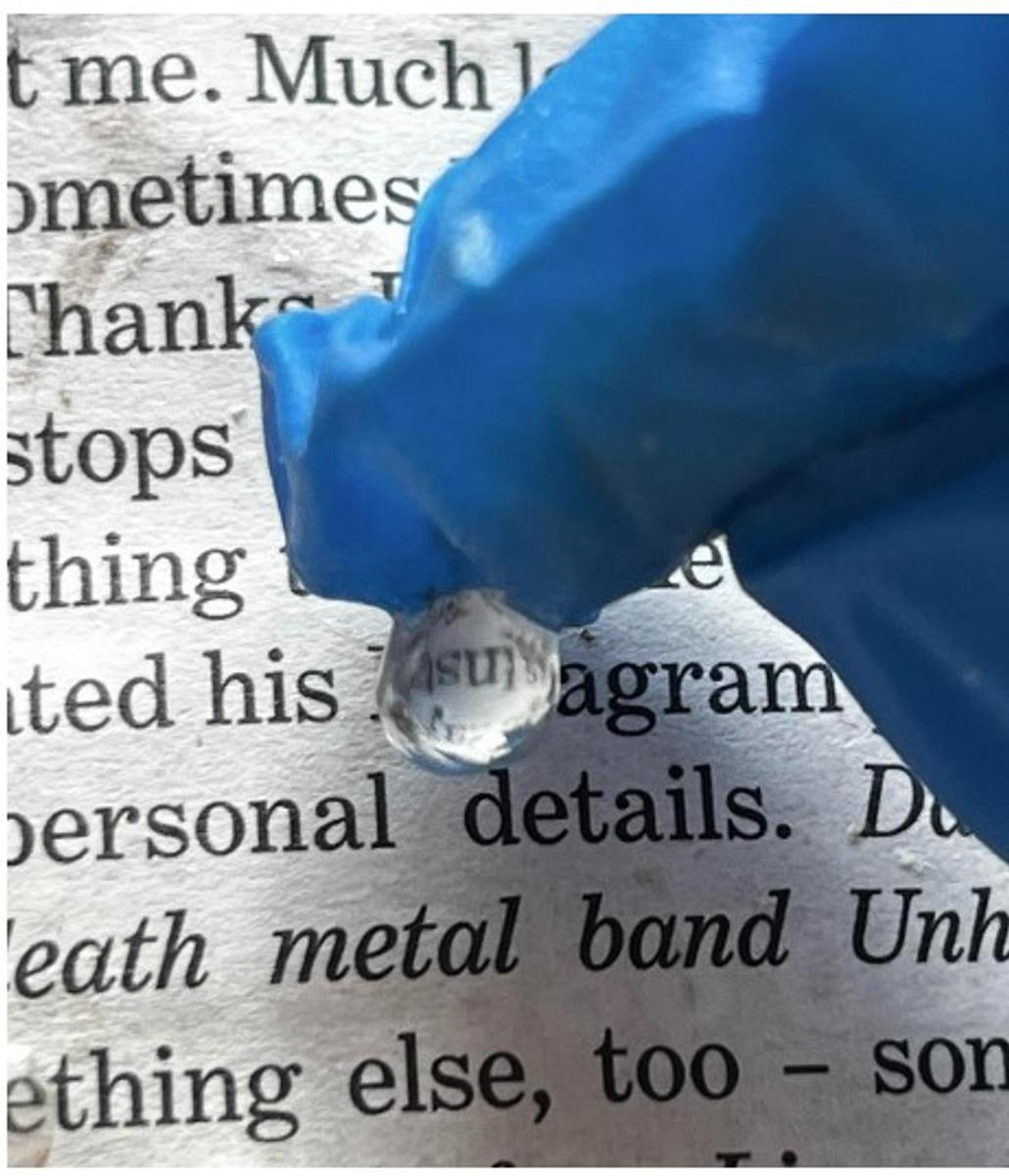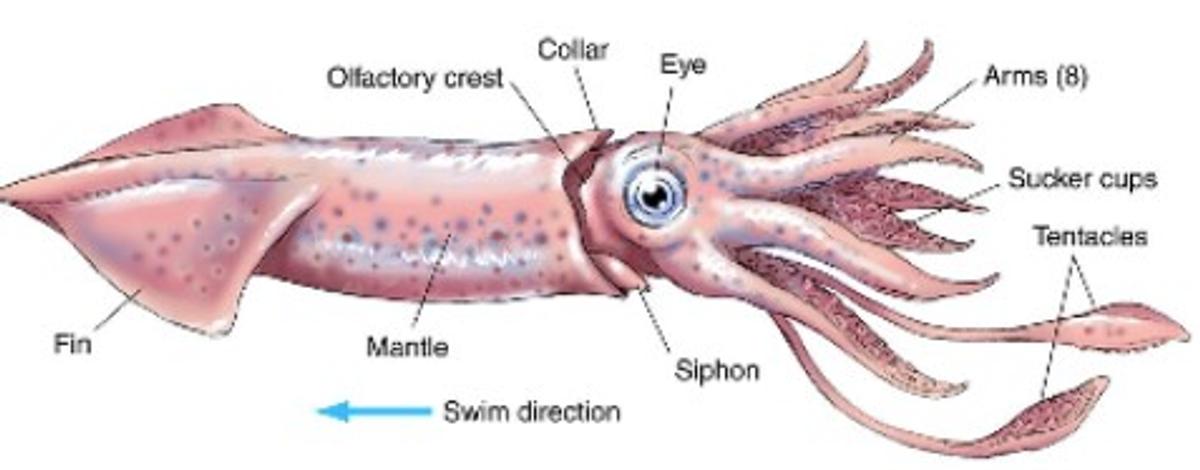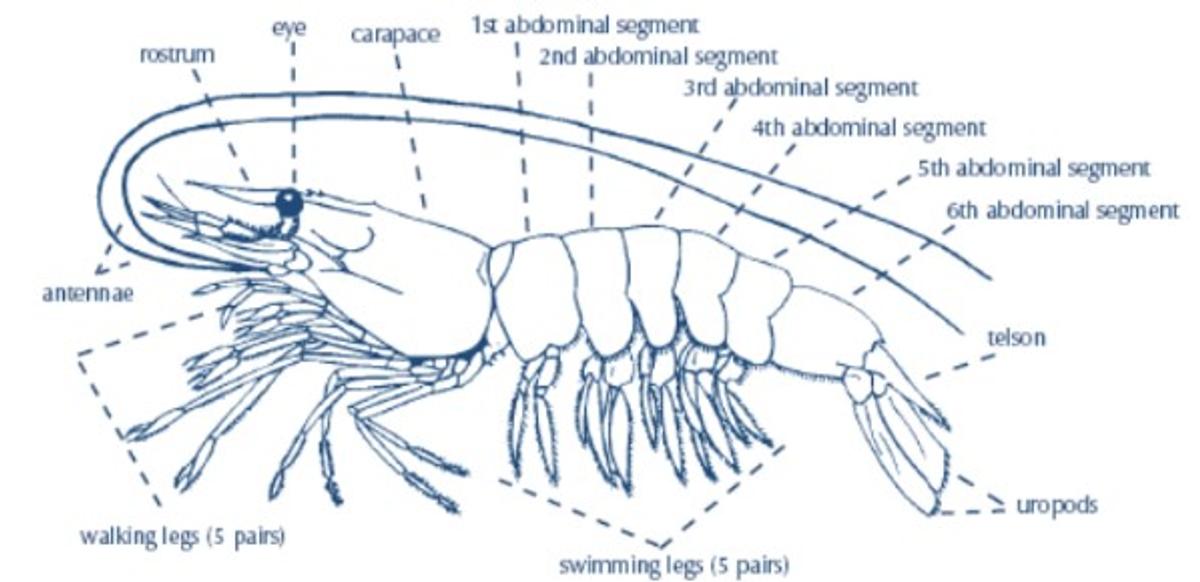Year 7 Dissection
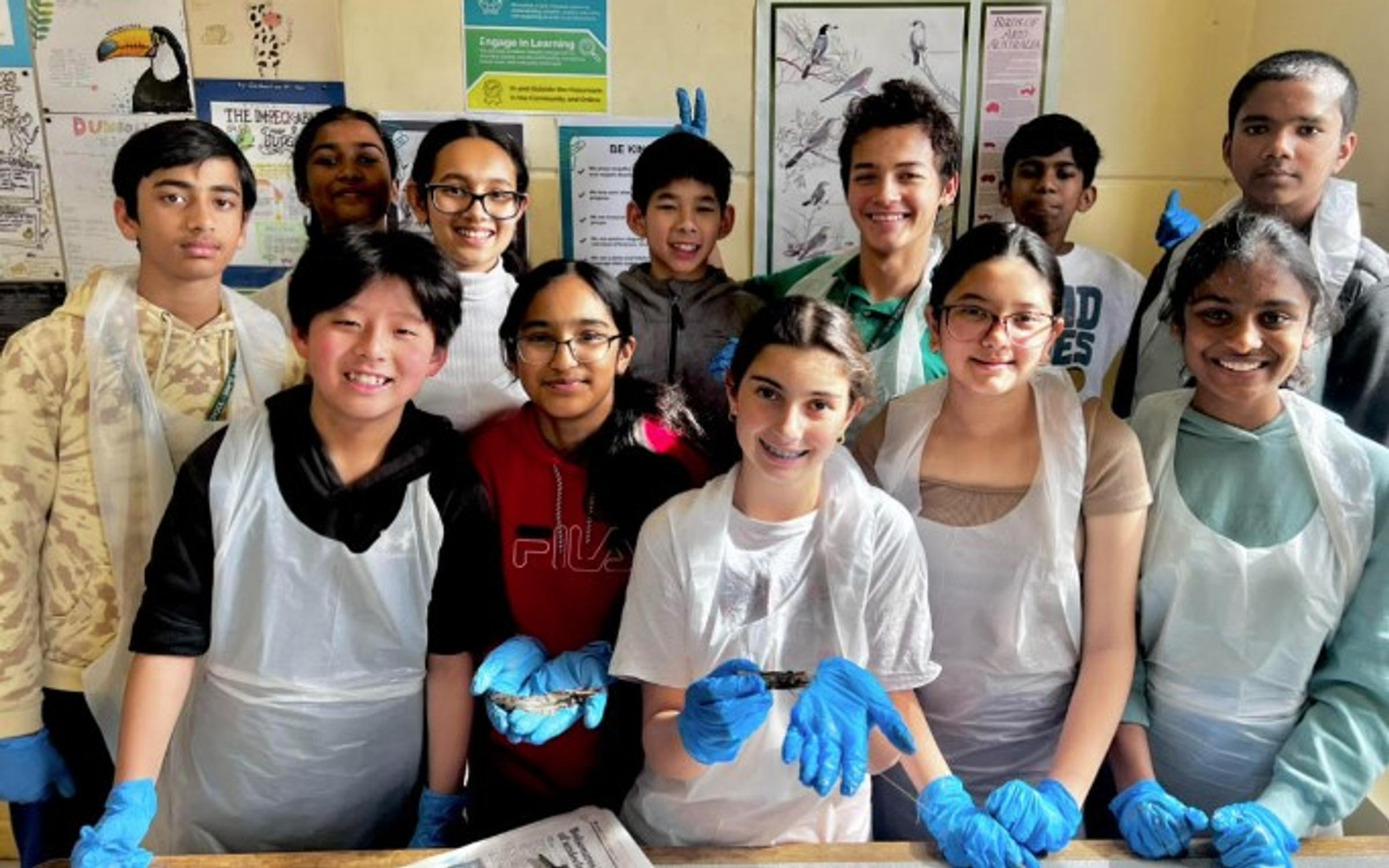
During Weeks 5 and 6, Year 7 science students were privileged to get to dissect three sea animals; a silver whiting (from the the Osteichthyes phylum), a prawn (from the Arthropod phylum) and a squid (from the the Cephalopoda class). We got a disposable apron and surgical gloves to be hygienic and used surgical tools like probes, scissors, tweezers, and a scalpel to neatly cut and gently check out the internal parts of these subjects. The dissection experience was quite intriguing and provided a fascinating glimpse into the complex anatomy of these sea creatures.
As we carefully explored the insides of the silver whiting, we discovered the gills, heart, and intestines, gaining insights into how fish breathe and digest food. The prawn’s exoskeleton was particularly interesting - we observed its segmented body, compound eyes, and detailed internal organs, which highlighted prawns’ unique adaptation to life in the water. The squid dissection was the most captivating, revealing an ink sac, beak-like mouth, and elaborate nervous system. Each dissection deepened our understanding of marine biology and the specialised structures that enable these animals to thrive in their aquatic environments.
We began by making a precise incision along the mantle to open up the squid and reveal it's internal structures. One of the most fascinating aspects was the ink sac, which we carefully extracted and examined. This organ, crucial for the squid's defence, stores ink that can be expelled to create a smokescreen and aid escape from predators. As we proceeded, we encountered the squid's beak, a sharp, curved structure situated in the mouth. The beak's design is optimised for grabbing and tearing prey, reflecting the squid's role as a skilled predator. Inside the mantle, we found the squid’s large, complex eyes. These eyes are adapted for low-light conditions, making them well-suited for their deep-sea environment. The detailed examination of these eyes highlighted their similarity to human eyes, despite the differences in their function and adaptation. Overall, the dissection gave us a clear look at how the squid’s unique features help it survive in the ocean.
Prawns are quite simple but satisfying things to dissect. They are a part of the Mollusca Phylum. They are different from the other animals because it was required to pull the six abdominal segments out, instead of using the surgical equipment that we were provided with. This was so that we could investigate and examine the exoskeleton. Then a scalpel was used to cut the flesh underneath the segments to see what was waiting inside. Prawns have five walking legs under their carapace, which is basically the shield for it's head, and five swimming legs to swim underwater and move freely. We used the probe to move the eyes away from the body and some even fell out!
Silver whitings are a part of the Osteichthyes Phylum and our job was to find and check out all the internal and external parts that make this Silver Whiting…a Silver Whiting. We observed the scales, fins, gills and tail. However, we had to get to the more messy business; CUTTING this fish up (and finding the anus; to see the food it ate). We skilfully used the scalpel to cut things up but the scissors came in handy for the smaller parts, like the stomach. In each fish there was a sac, either a sperm or egg sac. Using the tweezers, we moved it around while trying to figure out what it was. Then the VERY gruesome part came; TAKING OUT THE EYE (the lens, but some people took both the eyes out).
These Sealife dissections were a gruesome but cherished experience, with various more to come in the later years. This helped us understand the tools of a surgeon and some even want to become one when they grow up! We would like to thank Ms Mathieson for letting us do this awesome dissection and Ms Ali for encouraging us to write a newsletter article about it.
Avishka Rawat, Sudeeksha Addagudi, Ishaan Sharan
Year 7 Students
